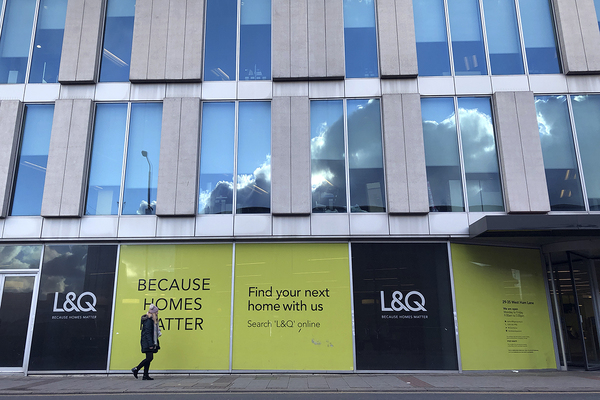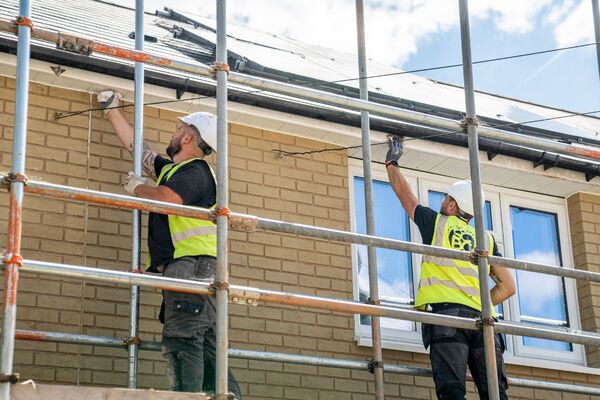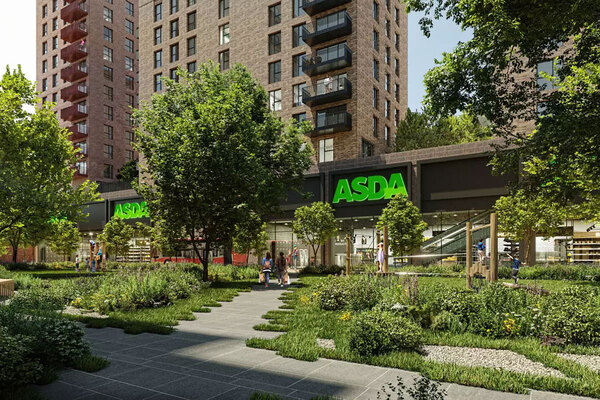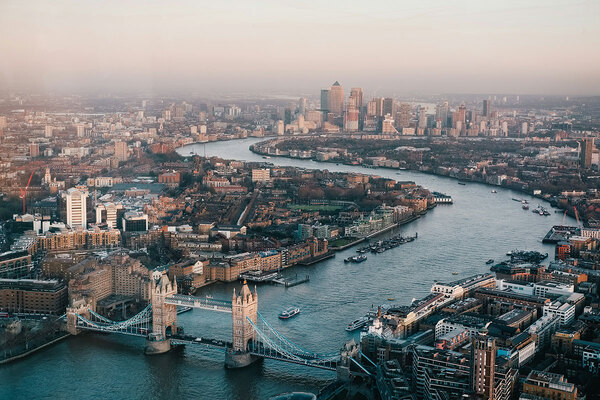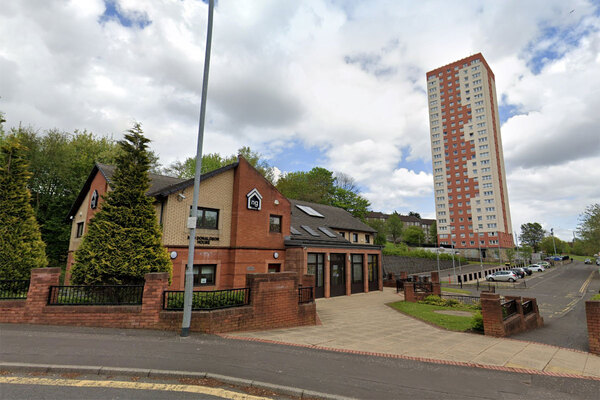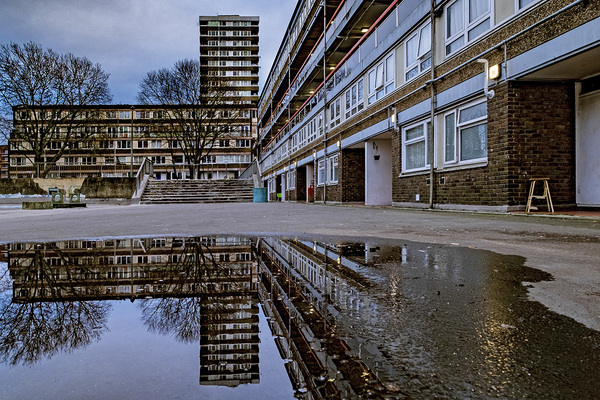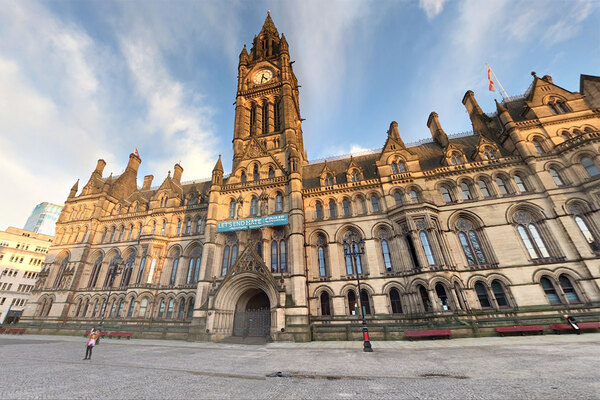You are viewing 1 of your 1 free articles
A holistic approach to fire safety is key
We need to look at all options to improve fire safety, including sprinklers, says Emma Maier
The recent leaked interim report on the causes of the Grenfell fire – seen by Inside Housing – provides some new and important observations.
Among the many details covered by the Building Research Establishment’s report for the Metropolitan Police is an opinion that, had there been a sprinkler system in Grenfell, it is “possible” that it would not have prevented the spread of the fire.
The report notes that the fridge-freezer that is thought to have caused the fire may have created a barrier between the hypothetical sprinkler and the fire, allowing the flames to spread before the sprinkler was able to extinguish them.
Some commentators have seized upon this detail as evidence that sprinklers are not a silver bullet. They are quite correct: few, if any, would argue that sprinklers alone provide an answer.
Others go a step further, suggesting that talking about sprinklers is a distraction, and, by inference, the government need not heed social landlords’ calls for funding to retrofit sprinklers. In this, they are absolutely wrong.
Inside Housing’s Never Again campaign remains committed to the important role of sprinklers as part of the mix of fire prevention methods – and to the need for the government to provide funds.
Every building contains fire risks.
Active and passive fire protection measures exist to reduce those risks.
No single measure will prevent all fires: not fire doors, not multiple escape routes, not fire-stopping. Improved fire safety is achieved by combining design features and active fire prevention systems to create multilayered defence.
"No single measure will prevent all fires: not fire doors, not multiple escape routes, not fire-stopping."
After all, we wouldn’t argue against fire doors on the basis that residents sometimes prop them open.
In this context, sprinkler systems have an important role.
They will not put out a fire that has spread extensively to a facade. But they will often extinguish a fire before it spreads, or reduce the speed of spreading.
We can expect reconstructions and computer modelling to shed light on whether sprinklers could have helped at Grenfell.
What we do know is that in many cases they can and do reduce risks and save lives.
The tragedy must prompt us to look at all the options to improve safety – not to take a narrow approach based only on the primary factors.
Investing in skills is positive
Too often we have cause to bemoan a lack of joined-up government, so Department for Education funding for up to 20 construction skills academies is a breath of fresh air.
Local hubs across the country to attract and train new entrants is a sound investment that will pay dividends for the construction industry and politicians seeking to speed up housebuilding, as well as individual recruits.
The move shows ministers understanding the growing construction challenge in the face of Brexit – and how the government can positively intervene.
It also demonstrates acknowledgement that both skills development and offsite and modern methods of construction are key.
If the academies are to capitalise on the opportunity, they will need to reach out to trainees from under-represented groups.
Combined authorities and local enterprise partnerships should take note.
They are well-placed to intervene to create a circle of skills development, housing growth and economic development across local areas.
Emma Maier, editor, Inside Housing
Never Again campaign
In the days following the Grenfell Tower fire on 14 June 2017, Inside Housing launched the Never Again campaign to call for immediate action to implement the learning from the Lakanal House fire, and a commitment to act – without delay – on learning from the Grenfell Tower tragedy as it becomes available.
One year on, we have extended the campaign asks in the light of information that has emerged since.
Here are our updated asks:
GOVERNMENT
- Act on the recommendations from Dame Judith Hackitt’s review of building regulations to tower blocks of 18m and higher. Commit to producing a timetable for implementation by autumn 2018, setting out how recommendations that don’t require legislative change can be taken forward without delay
- Follow through on commitments to fully ban combustible materials on high-rise buildings
- Unequivocally ban desktop studies
- Review recommendations and advice given to ministers after the Lakanal House fire and implement necessary changes
- Publish details of all tower blocks with dangerous cladding, insulation and/or external panels and commit to a timeline for remedial works. Provide necessary guidance to landlords to ensure that removal work can begin on all affected private and social residential blocks by the end of 2018. Complete quarterly follow-up checks to ensure that remedial work is completed to the required standard. Checks should not cease until all work is completed.
- Stand by the prime minister’s commitment to fully fund the removal of dangerous cladding
- Fund the retrofitting of sprinkler systems in all tower blocks across the UK (except where there are specific structural reasons not to do so)
- Explore options for requiring remedial works on affected private sector residential tower blocks
LOCAL GOVERNMENT
- Take immediate action to identify privately owned residential tower blocks so that cladding and external panels can be checked
LANDLORDS
- Publish details of the combinations of insulations and cladding materials for all high rise blocks
- Commit to ensuring that removal work begins on all blocks with dangerous materials by the end of 2018 upon receipt of guidance from government
- Publish current fire risk assessments for all high rise blocks (the Information Commissioner has required councils to publish and recommended that housing associations should do the same). Work with peers to share learning from assessments and improve and clarify the risk assessment model.
- Commit to renewing assessments annually and after major repair or cladding work is carried out. Ensure assessments consider the external features of blocks. Always use an appropriate, qualified expert to conduct assessments.
- Review and update evacuation policies and ‘stay put’ advice in the light of risk assessments, and communicate clearly to residents
- Adopt Dame Judith Hackitt’s recommended approach for listening to and addressing tenants’ concerns, with immediate effect
CURRENT SIGNATORIES:
- Chartered Institute of Housing
- G15
- National Federation of ALMOs
- National Housing Federation
- Placeshapers
The Paper Trail: The Failure of Building Regulations
Read our in-depth investigation into how building regulations have changed over time and how this may have contributed to the Grenfell Tower fire:





